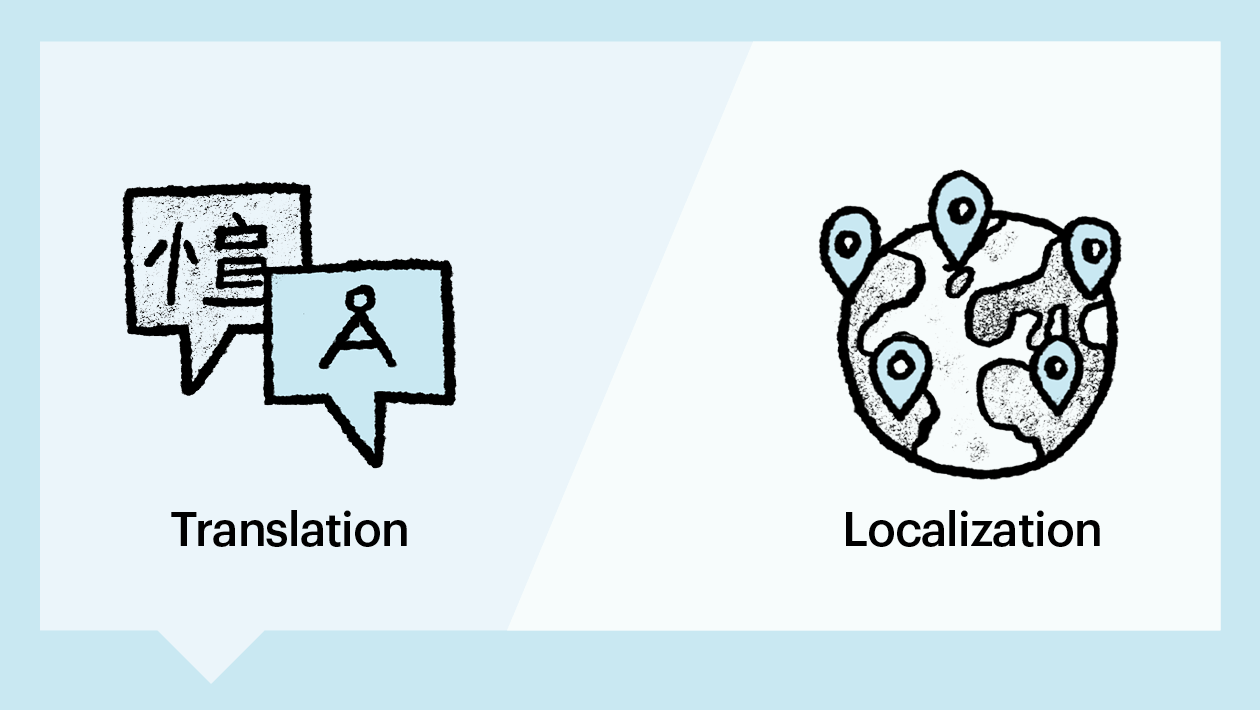The Increasing Influence of Spanish Translation and Localization
This article will explain why Spanish translation has become more important over time, especially to businesses in the United States.
THE POPULATION OF SPANISH SPEAKERS KEEP GETTING LARGER
In the United States, well over 41 million individuals use Spanish as their first language. An even more astonishing thing is that the United States might have the largest number of Spanish speakers worldwide by 2050. A continuous rise in this population will make more businesses opt-in for Spanish translation and localization of goods and services.
SPANISH EDUCATION IS THRIVING
The Spanish language has become more common in education, making Spanish translation in businesses increase. The employment of more people in the educational system, the usage of Spanish books, software, and other educational materials all necessitate the need for a Spanish translation service. As Spanish is the most studied language in the United States, translation agencies will have to keep up with the increasing demand.
SOCIAL MEDIA SPEAKS VOLUME
Social media is a notable section of marketing strategies part of marketing. Therefore, the need for translations and localization on it is vital. Roughly 377 million social media users communicate in Spanish, ranking as the second most commonly used language. For this reason, the need for Spanish translation will also increase.
SOME OF THE SPANISH TRANSLATION AND LOCALIZATION SERVICES BUSINESSES UTILIZE ARE:
1. Document translation: with the number of documents a business deals with daily, document translation is an essential part of Spanish translational. It included the translation of manuals, handbooks, and several other materials that are essential to accommodate Spanish-speaking customers and employees.
2. Finance localization: the essential need in finance is to relate with customers in their language. So, every translation and localization must be accurate. As the for translation services is increasing in the finance sector, translation agencies will need to keep up with the clients’ number.
3. Medical translation: as the Spanish-speaking population grows, their need for translated medical documents also grows. Medical translation includes an accurate translation of drug names, complex terms, dosage information, and others.
4. Website localization: there is a surge in the online use of Spanish. It is the third most commonly used language on the internet (second on social media). With this fact, localizing a website to Spanish-speaking countries should be an essential aspect of your business growth strategy.
Conclusion
As there is an exponential growth in the population of individuals that speak Spanish across the globe, the need for Spanish translations and localization for business will keep increasing in the coming years. Currently, the demand for Spanish translation services has gone up by roughly 40%.






